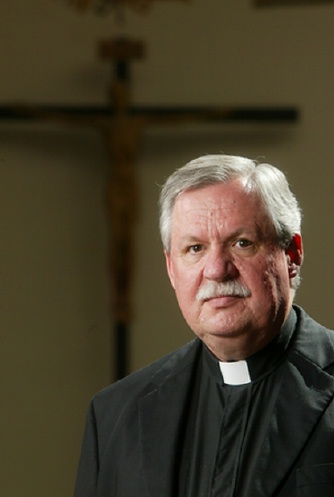
Please read Chapters 18 and 19 of the Gospel of John.
Picture in your mind’s eye the scene in Chapter 19: the soldiers have flogged Jesus and placed a crown of thorns on his head and a purple robe around him, and Pilate has led him outside his headquarters before all the people.
“Pilate brought Jesus outside and sat (Jesus?) on the judge’s bench at a place called The Stone Pavement or in Hebrew Gabbatha.” v13
The Greek text is unclear on a vital point:
-- does Pilate himself sit on the judge’s bench? Or
-- does Pilate make Jesus sit on it?
When Pilate asks, Jesus makes no claim to being king or judge.
But Pilate unwittingly demonstrates Jesus’ kingship and judgeship by seating him on the judge’s bench for all the people to see.
And what do they see?
-- an innocent man who has been falsely accused and who has been beaten, tortured, ridiculed, and mocked as a consequence of their hatred, bitterness, resentment, and envy.
-- in other words, they see their own sinfulness made visible and concrete in Jesus’ own person.
-- they see Jesus who has taken the sins of the world upon himself – literally on his body.
In this important sense he is their judge, the one who passes judgment on their sin.
In your prayer and reflection, “see” and recognize Jesus seating on the judge’s bench as “the Lamb of God who takes away the sins of the world,” as John the Baptist called him in Chapter 1.
Ask him to take your sin away too.
Ask him to take the sin of the world that hurts you and everyone else.

1 comment:
cialis levia and viagra where to buy viagra buying viagra in uk free viagra samples before buying videos viagra cheapest viagra in uk viagra online uk cheap viagra canada herbal viagra viagra attorney columbus free viagra samples before buying videos viagra viagra effects on women where to buy viagra
Post a Comment